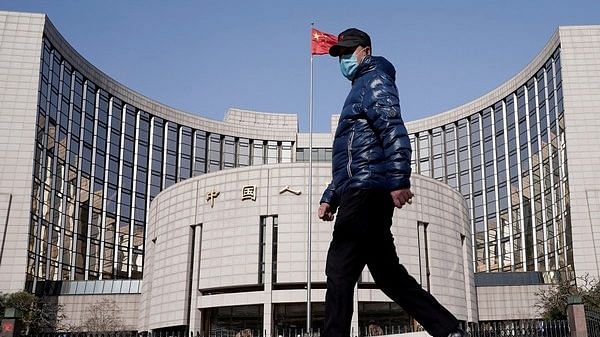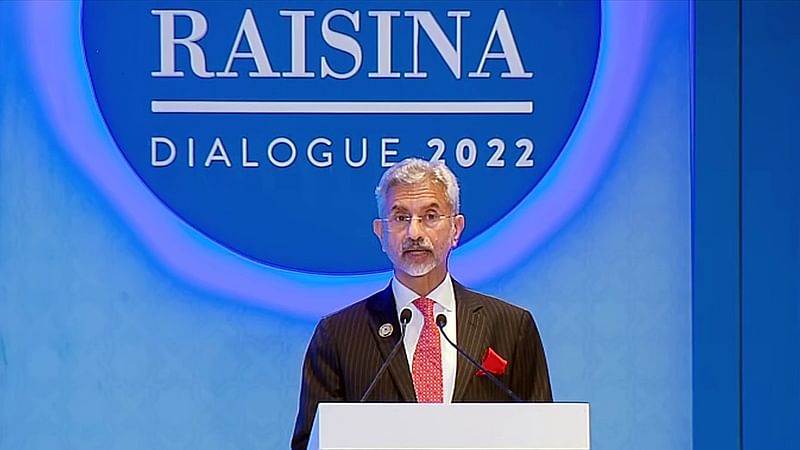By Suneeta Sunny
05/01/22
KEY POINTS
Officials had to euthanize some of the dogs
Brandy Dowdy, the dogs' owner, was later arrested
A pack of dogs fatally mauled an Alabama health worker who was responding to a report of an earlier attack by the same canines, officials said.
Jacqueline Summer Beard, a long-term employee of the Alabama Department of Public Health (ADPH), was fatally attacked by a pack of seven dogs Friday while attempting to contact the animals' owner about a separate incident that happened a day prior, Franklin County Sheriff's Office said in a news release posted on Facebook on Saturday.
Beard, who never returned from the investigation at a house in Muscle Shoals, was found dead after someone called about a suspicious vehicle parked in the area.
When deputies arrived at the scene, several dogs started attacking the locals before they found Beard's body in the car. She was pronounced dead at the scene.
"It is believed that Beard was attacked as she was attempting to contact the dog's owner when she was killed by the dogs," the news release noted.
One of the residents received minor injuries in the attack, and the officials had to euthanize some of the canines. However, the exact number of dogs that were put down remains unclear.
The dog owner, identified as 39-year-old Brandy Dowdy, was later arrested on charges of manslaughter and Dangerous Dog Law. She was being held with no bail set at the Franklin County Jail.
Meanwhile, ADPH mourned the death of Beard, who worked as an environmentalist supervisor with the department for nearly 17 years.
"Summer was known to her coworkers as an exceptional person. She was a tremendous team worker and was loved by those who knew her," Ryan Easterling, the director of the ADPH's Health Media and Communications Division, said in a statement, as per AL.com. "The Alabama Department of Public Health (ADPH) extends our deepest sympathy to the family, friends, and colleagues of Summer Beard, after her tragic passing."
In the earlier incident involving the same pack of dogs, a woman walking along a highway was attacked and had to be hospitalized with critical injuries. Her condition is "pretty serious" and remains hospitalized in Mississippi, the outlet reported.







